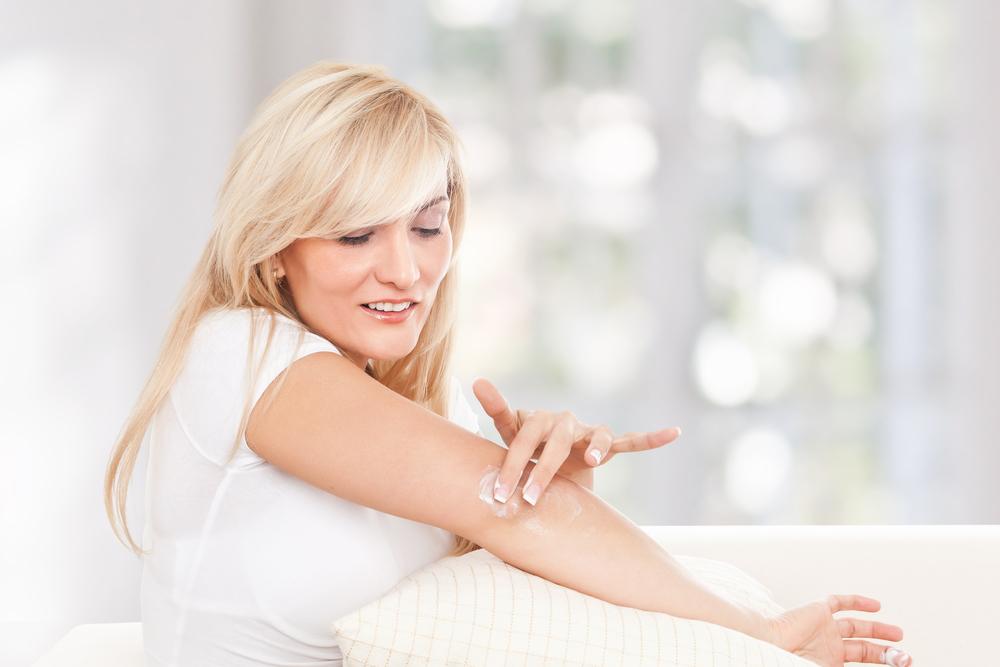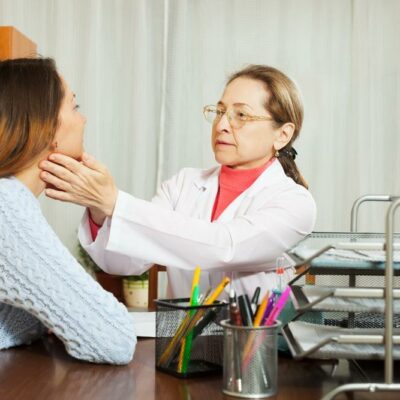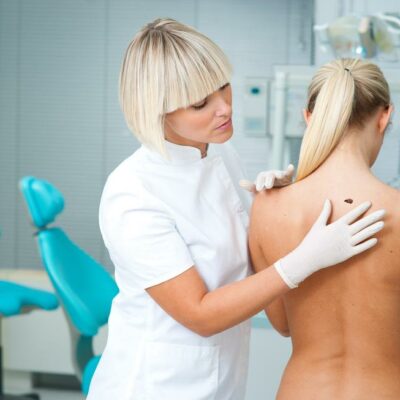
Difference between Treating Eczema vs. Atopic Dermatitis
Eczema and atopic dermatitis are very similar conditions when it comes to their symptoms and their treatment. This is because various types of allergic skin rashes and skin inflammation are referred to eczema, atopic dermatitis is one of these types.
Atopic dermatitis is a chronic skin condition characterized by periodic flare ups, or skin attacks, usually accompanied by hay fever or asthma. When the skin experiences an acute flare up of eczema or atopic dermatitis symptoms of inflammation, redness, itchiness, cracked and rough, raised skin patches can occur.
However, atopic dermatitis differs from eczema in these ways:
- Papules, or crusty, small and raised bumps develop
- Lichenification, or leathery and skin can result from constant rubbing and scratching
- Atopic pleat, or extra folds can develop under the eyes
- Keratosis pilaris, or rough bumps can develop on the different parts of the skin- thigh, face and upper arm
- Cheilitis or skin inflammation, can occur near the lips
Common treatments for eczema include:
1. Moisturizing the skin
Dermatologists will often advise regular bathing for eczema in order to moisturize the skin. Using topical skin moisturizers that contain PUVA and barrier creams can help the skin retain moisture.
2. Topical medications
Medications for eczema may include PDE4 Inhibitors, Corticosteroids (steroids), and Topical Calcineurin Inhibitors (TCIs) are effective to provide relief from rashes, redness, and itchiness.
4. Complementary therapies
Many alternative and complementary therapies such as biologics, and systemic medications may be recommended for treating eczema. Phototherapy is another common way which is used for reducing inflammation and redness of the skin. In this process UVB (ultraviolet B) light is emitted to increase the bacteria-fighting system and Vitamin D in the body.
Effective treatment options for atopic dermatitis include:
1. Frequent dermatologist visits
Atopic dermatitis is severe than eczema. If you ever found any symptoms of atopic dermatitis you should either visit a dermatologist or allergist or a pediatrician for its treatment.
2. Creams and ointments
Over the counter medication is really helpful in treating atopic dermatitis. Ointments like Corticosteroid creams, Dupilumab (Dupixent), pimecrolimus (Elidel) and others are used for dealing with the symptoms.
3. Phototherapy
If the case is severe, phototherapy can be prescribed by the dermatologist.
4. Homeopathic remedies
Home remedies like using cream and moisturizer of recommended brands frequently to retain the moisture can be helpful for treating dermatitis at its initial stage. For kids and infants, lukewarm baths and using a humidifier is the best option. Soft clothing can also help them from the itchiness.
5. Corticosteroid injections
When the condition becomes serious and every treatment failed to work cyclosporine, an immunosuppressive drug and corticosteroids injections are prescribed for the treatment.


